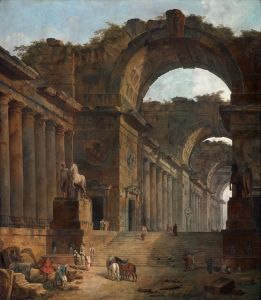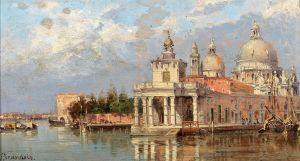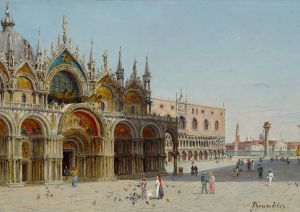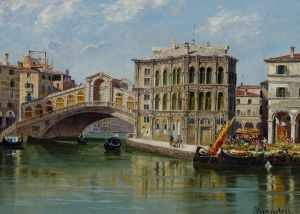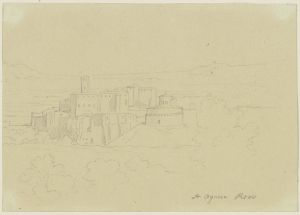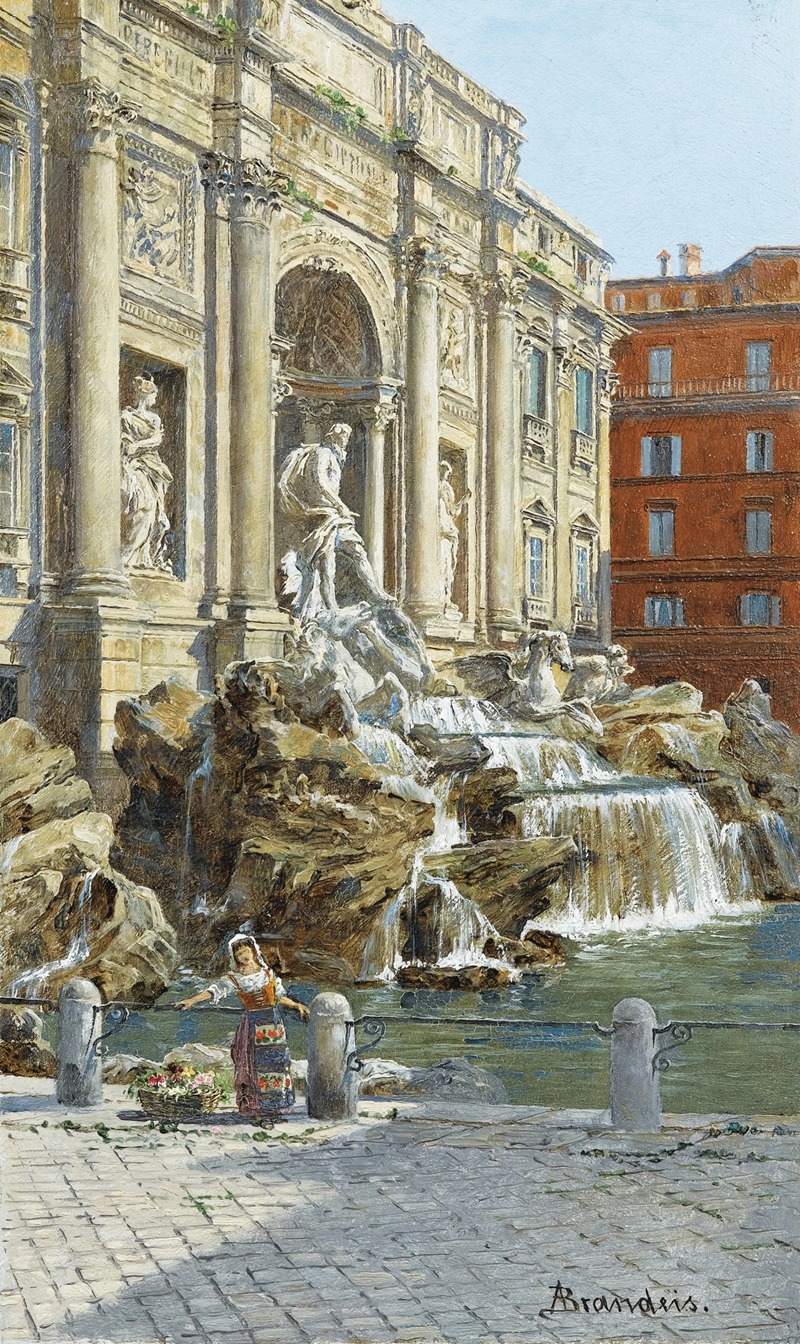
La fontaine de Trevi à Rome
A hand-painted replica of Antonietta Brandeis’s masterpiece La fontaine de Trevi à Rome, meticulously crafted by professional artists to capture the true essence of the original. Each piece is created with museum-quality canvas and rare mineral pigments, carefully painted by experienced artists with delicate brushstrokes and rich, layered colors to perfectly recreate the texture of the original artwork. Unlike machine-printed reproductions, this hand-painted version brings the painting to life, infused with the artist’s emotions and skill in every stroke. Whether for personal collection or home decoration, it instantly elevates the artistic atmosphere of any space.
Antonietta Brandeis (1849–1926) was an Italian painter of Czech origin, known for her detailed and vibrant depictions of cityscapes and architectural landmarks. One of her notable works is "La fontaine de Trevi à Rome," which translates to "The Trevi Fountain in Rome." This painting captures the iconic Trevi Fountain, one of Rome's most famous and historically significant landmarks.
The Trevi Fountain, designed by Italian architect Nicola Salvi and completed by Giuseppe Pannini in 1762, is a masterpiece of Baroque art. It stands at the junction of three roads (tre vie), which is where its name is derived from. The fountain is renowned for its grandeur and intricate sculptures, including the central figure of Oceanus, the god of all water, flanked by tritons and sea horses.
Brandeis's painting of the Trevi Fountain showcases her skill in capturing architectural detail and the play of light and shadow. Her work often reflects a keen observation of the interplay between natural and artificial elements, which is evident in her depiction of the fountain's cascading waters and the surrounding stonework. The painting likely highlights the dynamic movement of water, a key feature of the Trevi Fountain, and the bustling atmosphere of the piazza where it is located.
Antonietta Brandeis was educated at the Academy of Fine Arts in Venice, where she honed her skills in landscape and architectural painting. Her works are characterized by their precision and clarity, often featuring famous landmarks from various Italian cities. Brandeis's attention to detail and her ability to capture the essence of a place made her paintings popular among art collectors and tourists during her lifetime.
"La fontaine de Trevi à Rome" is an example of Brandeis's ability to immortalize the beauty and historical significance of architectural wonders. Her paintings serve as a visual record of the cultural heritage of Italy, preserving the splendor of its cities and monuments for future generations. The Trevi Fountain, as depicted by Brandeis, remains one of the most visited and photographed sites in Rome, symbolizing the city's rich artistic and historical legacy.
In summary, Antonietta Brandeis's "La fontaine de Trevi à Rome" is a testament to her artistic talent and her dedication to capturing the essence of Italy's architectural marvels. Through her meticulous brushwork and keen eye for detail, Brandeis has created a lasting tribute to one of Rome's most beloved landmarks, ensuring that the beauty of the Trevi Fountain continues to inspire and enchant viewers around the world.





